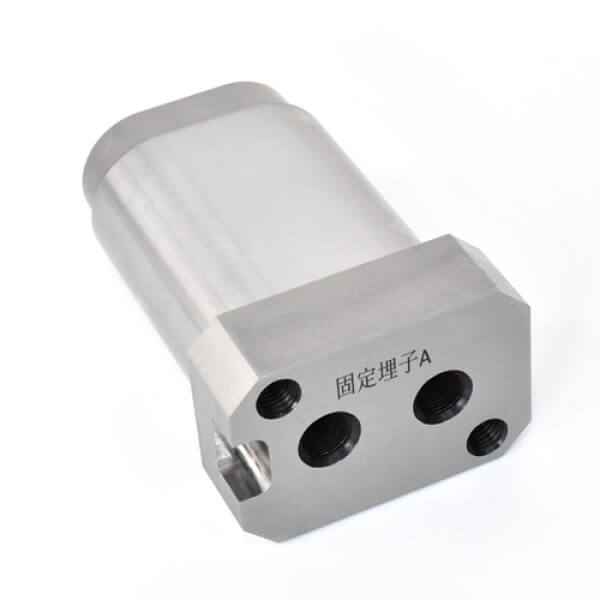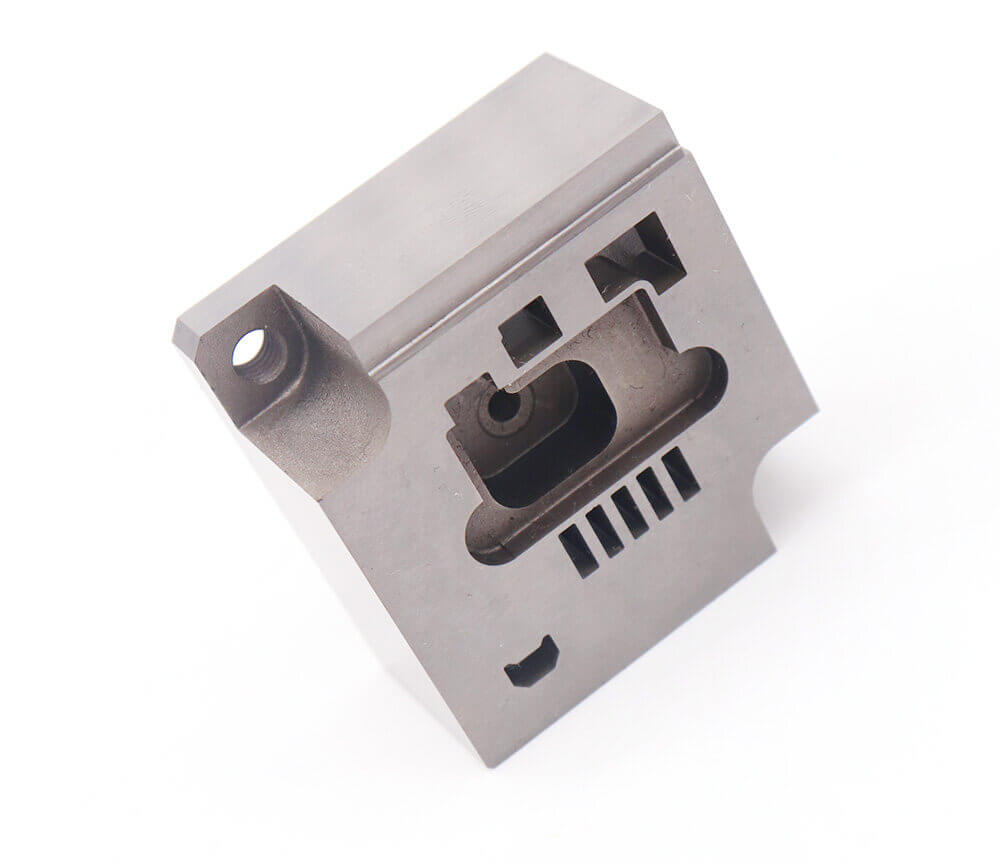Introduction to CNC Precision Machining
In today’s fast-paced world, precision is key in all industries, especially in manufacturing. CNC precision machining has become a revolutionary technology that has changed the way products are manufactured. For example, bowling machine parts, boxer machine parts, boxer tyre machine spare parts, boxing machine parts, bread machine parts, bread machine replacement parts, and bread machine spare parts.
This article aims to provide a detailed guide to help you understand the process and advantages of CNC precision machining and its application in bowling machine parts, boxer machine parts, boxer tyre machine spare parts, boxing machine parts, bread machine parts, bread machine replacement parts, and bread machine spare parts.
CNC, which stands for Computer Numerical Control, refers to the automation of machine tools through the use of computers executing pre-programmed sequences of commands. Precision machining, on the other hand, involves the removal of material from a workpiece to create a desired shape or size with high accuracy. When these two concepts are combined, CNC precision machining is born.
CNC precision machining process and advantages
The process of CNC precision machining begins with the creation of a digital design or model using computer-aided design (CAD) software. This design is then converted into a set of instructions, known as G-code, which is fed into the CNC machine. The machine, equipped with various cutting tools, then follows these instructions to precisely shape the workpiece.
One of the main benefits of CNC precision machining is its unparalleled accuracy. Traditional machining methods often rely on manual labor, which is prone to human error. With CNC machining, the entire process is automated, eliminating the risk of human error. This allows for the consistent production of precise and high-quality products.
In addition, CNC machining offers excellent repeatability. Once a program is created and tested, it can be reused to produce the same part. This level of consistency is critical in industries such as aerospace and automotive manufacturing, where consistency is critical.

Another advantage of CNC precision machining is its versatility. Because CNC machines can be programmed to perform a variety of operations, including milling, turning, drilling, and grinding. This flexibility enables manufacturers to produce complex and complex parts that would be difficult or impossible to achieve using traditional methods.
Furthermore, CNC precision machining offers increased efficiency and productivity. The automation of the process reduces the need for manual labor, resulting in faster production times and reduced costs. Additionally, the CNC machine can operate continuously, 24/7, further maximizing productivity.
The applications of CNC precision machining are vast and diverse. It is widely used in industries such as aerospace, automotive, medical, electronics, and defense. In aerospace manufacturing, CNC precision machining is used to produce critical components, such as turbine blades and engine parts, with the highest level of precision and reliability.
In the automotive industry, CNC precision machining is utilized to manufacture engine blocks, transmission components, and suspension parts. The medical field benefits from CNC precision machining in the production of surgical instruments, prosthetics, and dental implants, where accuracy and quality are paramount.
IIn summary, CNC precision machining has revolutionized the manufacturing industry with its accuracy, repeatability, versatility, and efficiency. By automating the machining process, manufacturers can achieve unparalleled precision and consistency in their products. Applications span a wide range of industries, producing complex and high-quality components. As the technology continues to advance, it is expected to play an even greater role in shaping the future of manufacturing.
